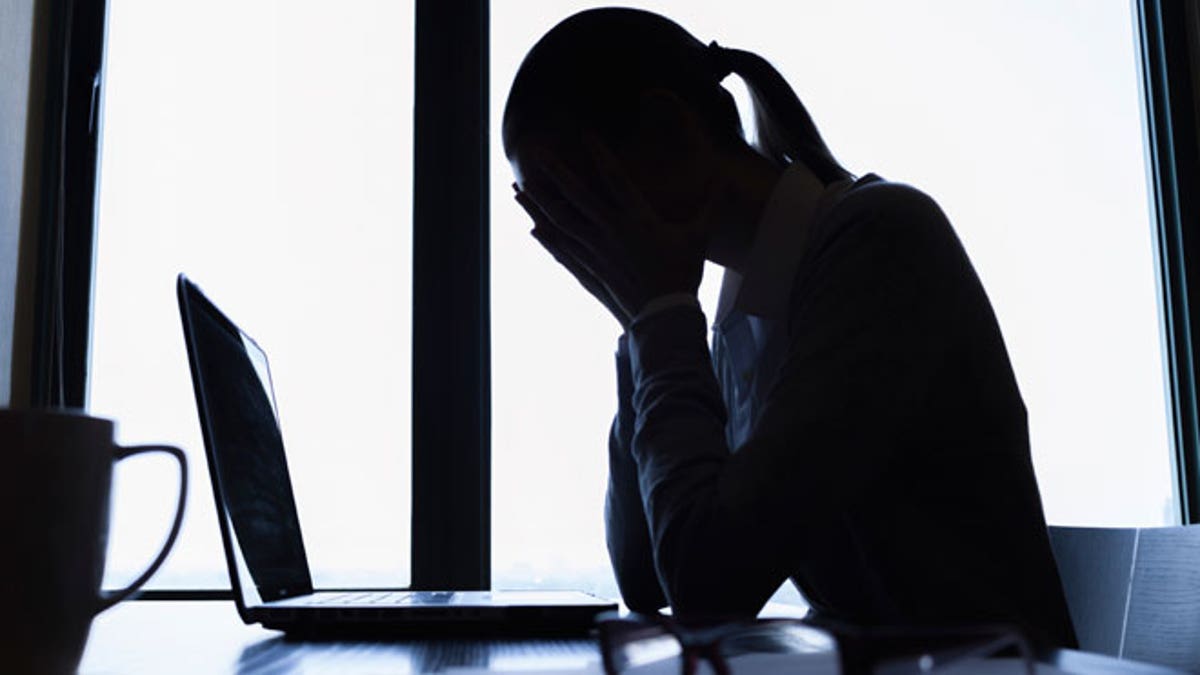
Depressive disorders are a complex and often confusing family of conditions. Sometimes lumped under the general term “depression,” these disorders can cause any combination of several symptoms. Because of this, depressive disorders manifest in a variety of ways, making them sometimes difficult to diagnose.
READ MORE: How to Save on Common Depression Prescriptions
The most common form of depression, major depressive disorder, can come on at any age or stage in life. Older people tend to experience many similar symptoms, as do new mothers. Women experience depression at twice the rate of men, and the genders often experience depression in distinctly different ways, but it isn’t always clear why.
Forms of Depression
Major depression is the form of depression you probably think about when someone says the word. Major depressive episodes may come and go, and occur only once in a person’s life. More commonly, however, depression lasts longer than two years, and episodes, or bouts of depression, recur over a person’s lifetime. When a depressed mood lasts for more than two years, it is called persistent depressive disorder.
Other types of depression are shorter lived. Seasonal affective disorder is a depression brought on by winter when there is less natural sunlight, and it usually lifts during the spring. Postpartum depression occurs after childbirth and is estimated to occur in 10 to 15 percent of women after giving birth, according to the National Institutes of Health (NIH).
Female Depression
It’s well known that hormones greatly affect mood and emotions, and as such play a major part in depressive disorders. Women often experience depression symptoms when hormonal changes occur in the body. This includes hormone spikes during ovulation, menstruation and pregnancy as well as after childbirth and throughout menopause. Depression most commonly occurs in women between the ages of 40 and 59.
READ MORE: Depression and 5 Other Free Screenings You Can Get Now
Women are more likely to seek help and be diagnosed with depression, and as a result are more likely to take medication for their depression. Other than hormonal influences, it is still unclear why depression appears more frequently in women than men. Women tend to cope with depression by withdrawing from the world, oversleeping and having low self-esteem.
Male Depression: Still Hidden
Men may experience many of the same symptoms women do, such as feeling blue, fatigue and loss of enjoyment in daily activities. Men also experience a range of symptoms not common in women, such as unexplained anger and depression without sadness.
Men with depression may also behave differently from their female counterparts. Depressed men often exhibit escapist behavior, like spending a lot of time at work or on hobbies. They may also be more likely to abuse substances, become irritable and engage in violent behavior more so than depressed women.
Some men find it difficult to talk about their emotions and therefore may not be as forthcoming as women with depression symptoms. As a result, many depressed men go a long time without treatment. Experts believe this is why men with depression are more likely to attempt suicide, and are more likely to die from suicide— a statistic that is true all over the world.
READ MORE: The Impact of Depression and Suicide in the U.S.
Asking for Help
Some people believe they must be strong and stoic at any cost— even if that cost is their emotional and mental well-being. However, denial of symptoms and avoidance of treatment can become deadly in depressed adults.
READ MORE: Does My Health Insurance Cover Mental Health Treatment?
If you feel you may have a depressive disorder, you should know it’s OK to seek help. Contact your physician, who may be able to diagnose your symptoms and refer you to an appropriate specialist. If you or someone you know is expressing suicidal behaviors or thoughts, call the national suicide hotline at 1-800-273-8255 right away to get help.
